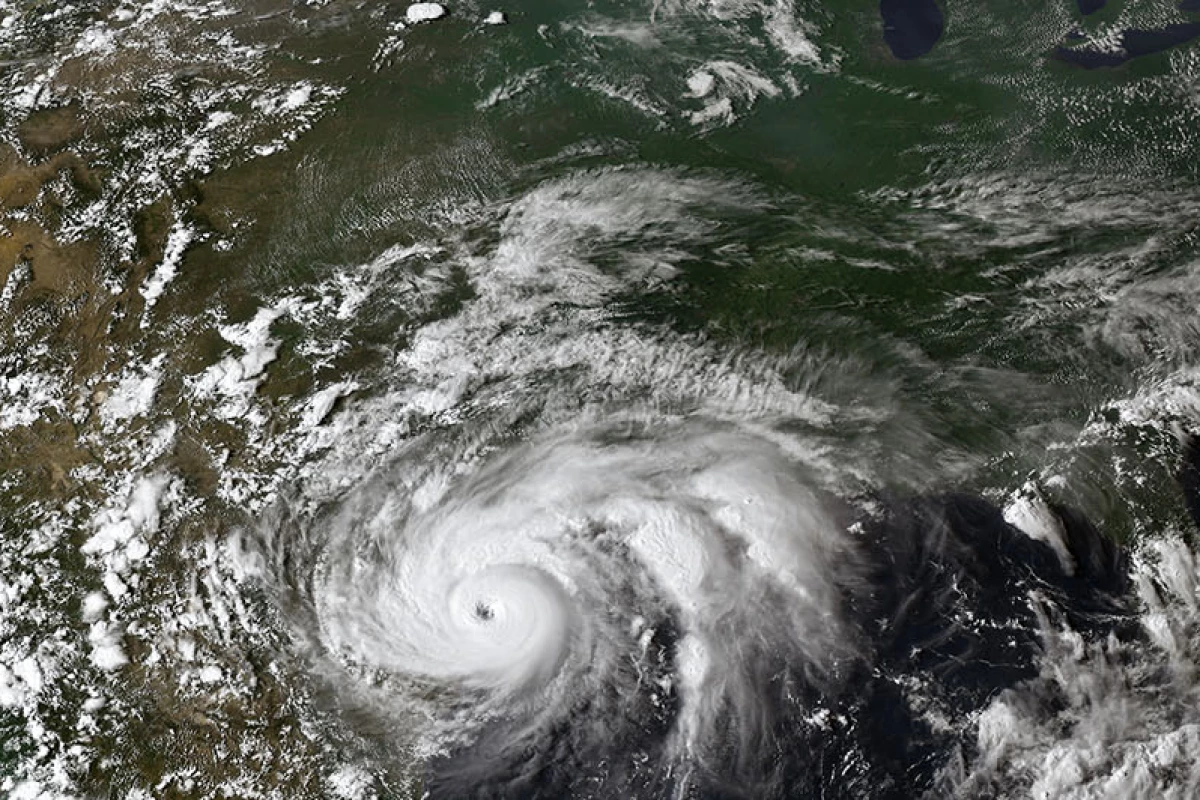Scientists studying weather and atmospheric physics have uncovered evidence that climate change is making hurricanes more fierce, and as time goes by, a fuller picture is emerging of this global trend. A new study looking at nearly four decades of data has shown that in almost every part of the world where hurricanes form, their strongest winds are indeed getting stronger, with global warming thought to be a key contributing factor.
The study was carried out by a team of scientists from the University of Wisconsin-Madison and the National Oceanic and Atmospheric Administration, and led by James Kossin.
The atmospheric research scientist had previously published work detailing a trend of hurricane intensification based on 28 years of data, along with other significant changes in hurricane behavior. This included a 2014 study that revealed tropical cyclones are traveling farther north and south, and a 2018 study showing that they are moving more slowly across land, posing a greater risk of flooding. Meanwhile, studies from other groups have also described how some hurricanes are getting stronger far more quickly than they were 30 years ago.
Kossin and his colleagues have now expanded the scope of their examinations to include global hurricane data from between 1979 and 2017. The analysis drew on geostationary satellite data and involved using infrared temperature readings to measure storm intensity, with the researchers describing this as a more uniform approach than what had been available previously.
“The main hurdle we have for finding trends is that the data are collected using the best technology at the time,” says Kossin. “Every year the data are a bit different than last year, each new satellite has new tools and captures data in different ways, so in the end we have a patchwork quilt of all the satellite data that have been woven together.”
Through its analysis, the team found that in nearly every part of the world were hurricanes form, their maximum sustained winds are growing more fierce. Kossin says this is consistent with projections based on atmospheric physics and global warming, though there remains work to do to understand the exact role human activity plays in the severity of the storms.
“Our results show that these storms have become stronger on global and regional levels, which is consistent with expectations of how hurricanes respond to a warming world,” says Kossin. “It’s a good step forward and increases our confidence that global warming has made hurricanes stronger, but our results don’t tell us precisely how much of the trends are caused by human activities and how much may be just natural variability.”
The research was published in the journal Proceedings of the National Academy of Sciences.
Source: University of Wisconsin-Madison




